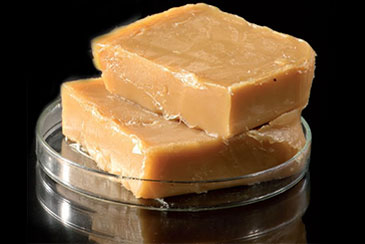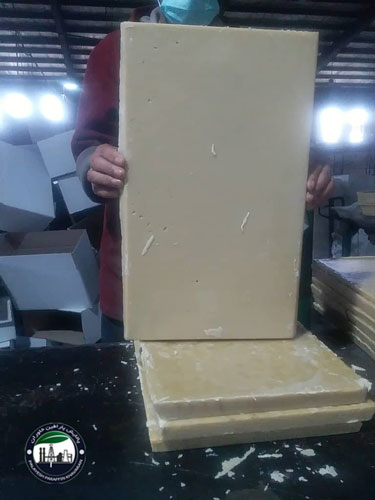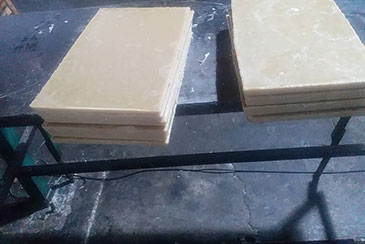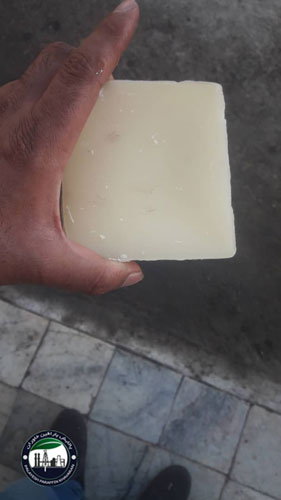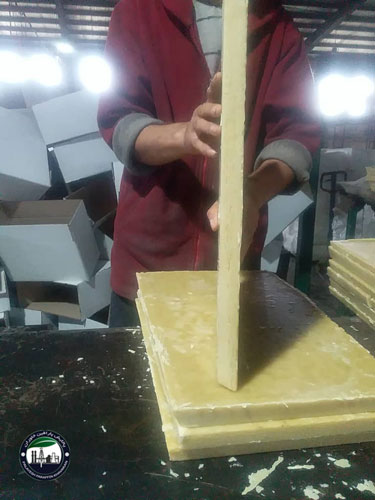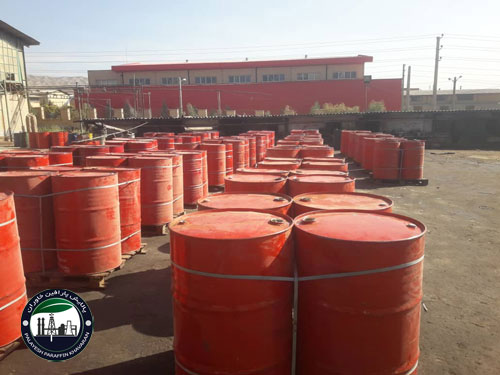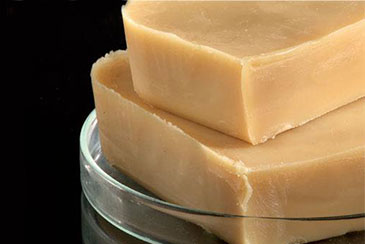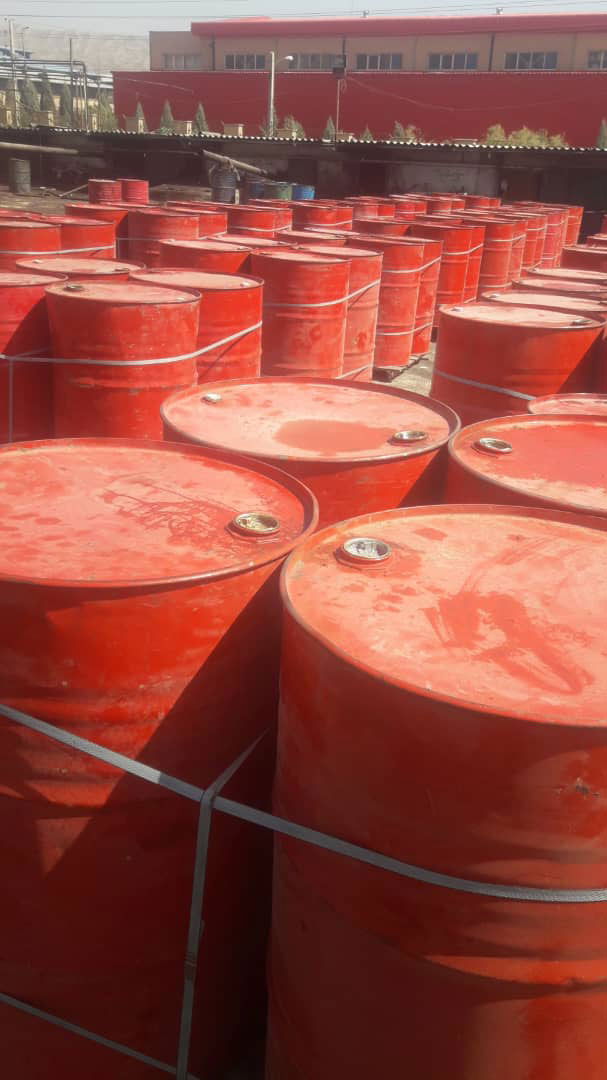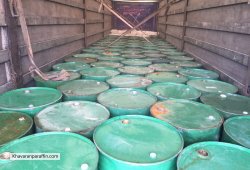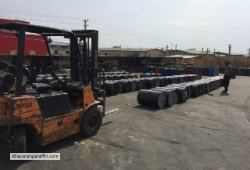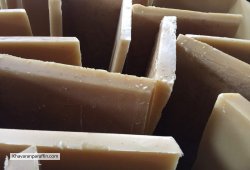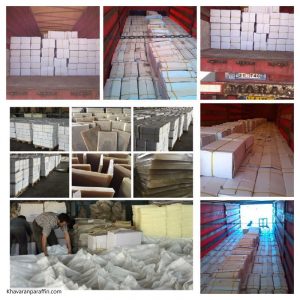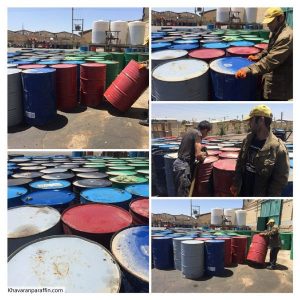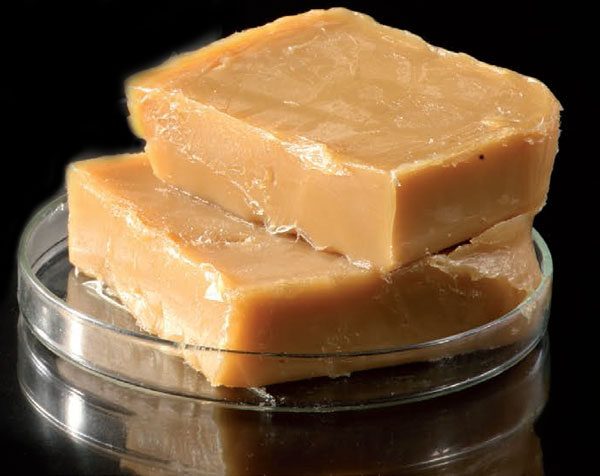
In the process of distillation of crude oil two main streams will emerge; Fuels and petrochemical feedstock and lubricating oil fraction feedstock. First main stream will go for further refining process in order to produce fuels and later will process further in order to produce lubricating oil and base.
In the process of producing lubricants and/or base oils the byproduct of this process called Slack Wax. they are mixture of oil and wax and depend on the origin of the material it may contain up to 40% oil content.they are waxes, materials which have changing properties such as having solid state at room temperature while liquefying at higher temperatures.they are from different refinery has different properties, and the important specifications are color, oil content and drop melting point of them.
Refineries that produce lubricating oil depend on the technology and know-how can produce different categories of base oil like Group I and Group II. Recent advancement in process technology and changes in market forced refineries to produce high quality base oils which know as Group III, Group IV and Group V.depending on the tecknology used the properties of them vary.
it is notable to point out the majority of them is produced by the manufacturers of Group I and Group II base oils as Higher Groups of base oil categories will convert wax to oil via catalyst thus, refineries with advance technology do not intentend to produce slack wax as by product.
Source
Group I base stocks contain less than 90 percent saturates and/or greater than .03 percent sulfur and have viscosity index greater than or equal to 80 and less than 120. Majority of the slack wax is produced during the production of Group I base oils. Almost 50 percent of the world’s slack wax comes from the production of base oil group.
In this process feedstock will go through solvent extraction unit in order to remove aromatics. Finished product known as Raffinate. Then it will be chilled and mixed with solvents. End result will be base oil grade SN 150 and/or SN 500 and by products which known as slack wax.
Group II base stocks are composed of fractionally distilled petroleum that has been hydrocracked to further refine and purify it. In general Quality of Group II base oil are higher compare to base oil Group I and as result, they are derived from this process have better quality.
Categories
Depending on the Lubricating oil fraction feedstock HEAVY or LIGHT grade, by product which is slack wax is categorized in LIGHT AND HEAVY GRADE. In each category depending on the degree of refinement slack waxes can have various oil contents range from 4 percent up to 40 percent.
Application of Slack Wax
slack wax has many applications. The most uses of slack wax are mentioned below
• theyCan Be A Blended Component In PVC Industry As Lubricant
• they are Used As Feed Stock For Production Of Paraffin Wax
• they are A Fine Dust Suppressant
• they Have Vast Application In Waterproofing Industry.
• they Can Be Used As A Blending Agent In The Production Of Petrolatum And Microcrystalline Waxes
• they are An Excellent Waterproofing Agent In Wood And MDF Industries
Quality Control
Internationally Slack waxes quality controlled by their physical properties such as melting point, congealing point, oil content, viscosity, penetration and color. These tests are developed by the ASTM and each has specific number and standard. For further details of slack wax tests please visit ASTM website. Clients can use services of international inspectors such as SGS for quality and quantity control purposes of them.
Points below are schematic of slack wax test.
Melting Point ASTM D87: Provides Information On Temperature At Which Most Of A Given slack wax Changes From A Solid To A Liquid.
Congealing Point ASTM D938: Measures When one of them Ceases To Flow.
Drop Melt Point of them ASTM D127: Generally Used On Waxes That Don’t Show A Melting Plateau Such As Petrolatum And Microcrystalline Waxes.
Needle Penetration ASTM D1321: Measures The Hardness Of them.
Oil Content of ASTM D721: The Amount Of Oil In them . Indicates Degree Of Refining.
Kinematic Viscosity ASTM D445: The Resistance To Flow Of A Molten slack wax At The Test Temperature.
Color of slack wax ASTM D6045: Visual Comparison Of their Color (Molten) Against Glass Color Standards.
Packing
Slack Waxes can be packed In A Variety Of Formats. Slack wax can be delivered in Bulk Liquid (Via Tank Truck Or Railcar).they can be formed into Slabs (5 Kg). slack wax can be packed In Carton Boxes/Pp Bags. Slack wax can be formed into Free-Flowing Granules (Packaged In Bags). they also can be Bulk Packaging In Jumbo Bags 600-1000 Kg. they can be filled inBrand New Iron Drums or Second hand iron Drums.

 فارسی
فارسی